
In a video on Wednesday, September 23, the owner of the Ponderosa Adventure Park, businessman David Patey, expressed being upset because the National System of Conservation Areas (SINAC) of the Ministry of Environment and Energy (MINAE) asked him to develop a contraception plan for the animals.
Due to an order from Attorney General Emilia Navas, MINAE activated a management plan in June for sites that handle animals in compliance with the Wildlife Conservation Law and its regulation. Ponderosa is one of the places where the institution ordered changes.
“They asked us to castrate our animals… or to separate them from each other and put each one in its own cage,” Patey said.
The businessman affirmed that the measure would affect his business and put the conservation of animals at risk, including 15 giraffes of a species that is in danger of extinction.
The video triggered a series of comments and doubts on social networks. Dozens of people are using the phrase “Las Jirafas Importan” (The Giraffes Matter), adapting the anti-racist protest slogan “Black Lives Matter.” The use of the most emblematic phrase of the great racial protest prevails, despite worldwide criticism that its modification detracts from the intention of the social struggle for which it was coined.
At The Voice of Guanacaste, we want to answer some of the main questions surrounding the conflict between Sinac and Ponderosa:
-
Did SINAC tell Ponderosa to castrate and cage the animals?
Not exactly. SINAC asked the owner to comply with the Wildlife Conservation Law and its regulation.
To do so, Ponderosa needs to create a contraception plan “for the wild animals that they manage in captivity” (in other words, not free in the wild), as stipulated in Article 105 of the regulations.
The director of the Guanacaste Conservation Area (ACG- Área de Conservación Guanacaste), Alejandro Masis, explained that, in effect, one of the possibilities is to castrate the animals and another is to separate the females from the males, which doesn’t mean that wildlife management sites should enclose them in confined spaces.
The institution also requested that the park modify the routes taken by safari vehicles with tourists and not allow them to feed the animals or have direct contact with them (as in the case of photographs and selfies).
All the requests are in response to two things, on the one hand, maintaining the welfare of the animals and keeping their behavior as wild as possible, and on the other, looking out for the safety of visitors,” said Masis.
According to the official, from now on, tourists will see the animals from a distance, “either walking around the perimeter of where they are or within the enclosure but always with a barrier in between.”
-
If the giraffe is an endangered species, why not let them reproduce to conserve them?
To answer this, we must first look deeper into the regulations. According to article 84, SINAC authorizes five categories of fauna management for sites:
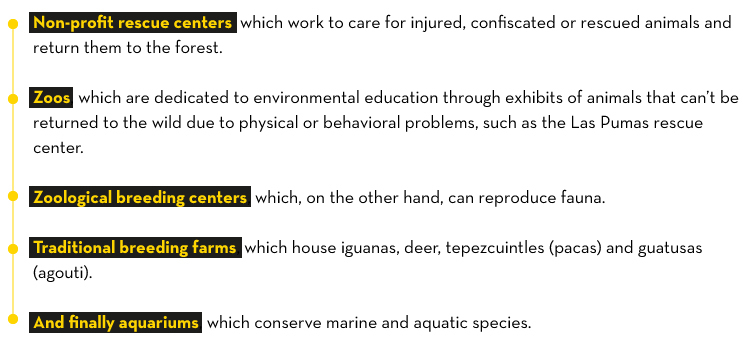
Ponderosa operates under the category of a zoo. In other words, they can educate through animal exhibits, but they should not breed animals for that purpose because both actions together are not compatible with conservation of the species.
Article 77 of the regulation indicates that reproduction of endangered species in captivity will be allowed “when it is scientifically proven that this type of management will support the conservation of these species.”
-
Then are the giraffes that we have in Costa Rica going to disappear?
Not necessarily. Ponderosa could choose two management categories (zoo and zoological breeding center) to have some species on display and others dedicated to reproduction. “If there is an interest in the species for the gene bank (storage and study of the species’ DNA), the option is to have a herd of giraffes that are for that purpose and that are not on display,” the ACG director said in an interview on Teletica.com.
However, for the park to choose this path, it has to become affiliated with a conservation project.
“[They need] to be in a program and certified so that they are really contributing to the future of the conservation of the species. But right now those giraffes don’t contribute anything, not genetically either. It isn’t true that they are saving the species nor are they going to save it,” Laura Porras, a researcher at the National University’s Institute for Wildlife Conservation and Management, told the digital news outlet Ameliarueda.com.
Patey told that outlet that the park is not enrolled in a project because they haven’t had “the quantity of animals yet to be able to do it. But we have conversations with other zoos in Guatemala and Mexico.”
In the zoo, there are 15 giraffes, 14 of which were born in captivity within the park, according to statements made by Patey.
-
If Ponderosa has been breeding giraffes for years, why haven’t they wanted to prohibit it until now?
What modified the conditions in which centers with wild animals operate was the publication of the regulation of the Wildlife Conservation Law in 2017.
Since then, SINAC has to support the sites so they can present an action plan within six months with the changes required by the regulation and, according to Patey and Masis, they have been doing so at some points since then.
-
If the regulation came into force in 2017, why did SINAC wait until now to enforce it?
At the end of May 2020, Attorney General Emilia Navas sent a letter to Carlos Manuel Rodríguez, the Minister of Environment and Energy at the time, indicating that the institution should correct “irregularities in the control and supervision of some wildlife management sites,” the Public Ministry’s press office explained to The Voice of Guanacaste via email.
According to the Attorney General’s Office, “the situation was brought to the attention of the Public Ministry by complaints from civilians, some journalistic publications and through reports requested from MINAE.”
Navas also asked MINAE for “concrete actions, internally and of a disciplinary and criminal nature” against officials who are not fulfilling their duties.
Masis, director of the ACG, said that compliance with the regulations was not forgotten. “We have been working with all the management sites so that they can gradually adapt to the regulations,” he affirmed. “What that functional direction [letter from the attorney general] does is to set clearer deadlines for the things that were already being done.”
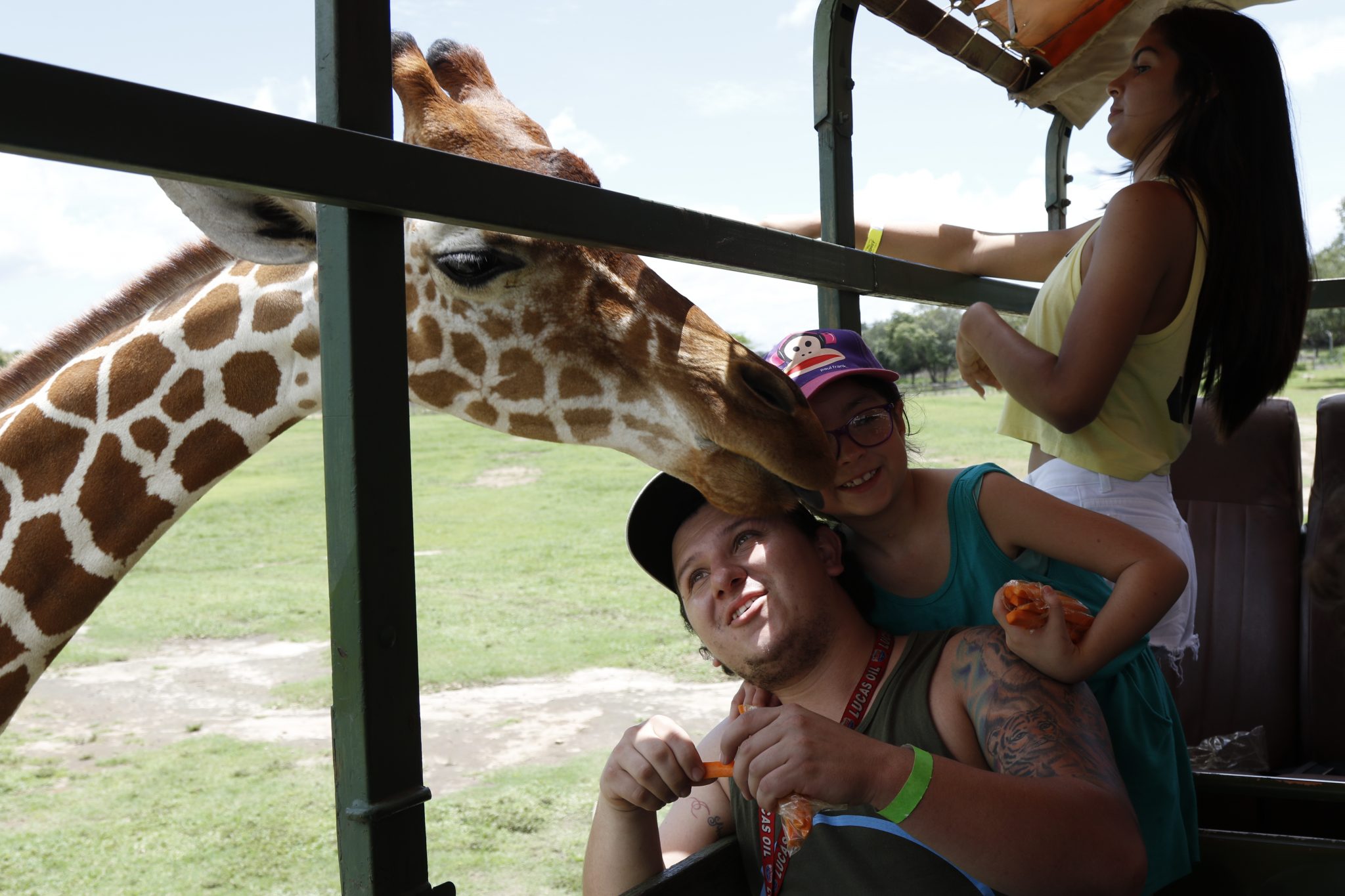
Ponderosa’s safari vehicles usually enter the enclosures where the animals are to get close to them, feed them and take pictures. According to regulation, these actions are prohibited. Photo: David Bolaños
-
Is it true that the measures are only affecting Ponderosa?
No, all wildlife management sites have to implement the measures, and Sinac is in charge of ensuring compliance.
Nonetheless, in the official letter at the end of May, Navas told MINAE that it should “start as a priority with some sites that, according to complaints and reports from the institution, show irregularities such as expiration of permits or irregular permits, for example, authorization to operate but without the respective management plan.”
The Attorney General’s press office did not specify which sites are involved, considering that if the information becomes public, it could impede processes that could lead to criminal cases.
The entity assigned compliance deadlines to MINAE authorities and “because non-compliance with the improvement plans could lead to opening criminal cases, it is not appropriate, for now, to provide more details,” they explained.
-
What other wildlife management centers have been impacted?
Through the press department, SINAC told The Voice that they recently confiscated two ostriches and two emus that were in captivity illegally at Finca Ujarrás, located in Buenos Aires de Puntarenas.
The institution also seized reptiles and amphibians in the Monteverde Serpentarium.
-
Where were the animals that SINAC seized taken?
The seized animals were taken to Zooave. Officials there evaluated the condition of each animal and sent a report to SINAC, according to SINAC’s press office.
Masis, from the ACG, stated that SINAC works with several centers throughout the country that have permits and comply with the regulations to accept animals that are taken away from centers that are closed down.
After seizures, several routes can be taken. Some animals remain in enclosures, others are released or may even be returned to the place from which they were seized.
There have been times when temporary closures have been made for them to comply with some things and when they make the corrections, that closure is removed and they operate again,” Masis related.
-
Are there sanctions for places that don’t comply with the regulation and the law?
The director of the ACG specified that Ponderosa or any other wildlife management center that doesn’t comply with the regulation faces the possibility of administrative prevention orders, complaints filed with the Public Ministry, as well as fines and sanctions established in the law. Some of these measures include closing down the site and confiscating animals.
In cases when a site is closed down or animals are confiscated, SINAC must assume responsibility for their care and ensure their welfare. According to Masis, since Ponderosa has exotic species, the country would seek “international support” to decide what to do with them.
The National University’s conservation researcher, Laura Porras, indicated that this would be one of the most questionable points regarding Ponderosa’s task.
“With MINAE’s limited resources, what would the state do with these species then? It doesn’t have the capacity that it might have with native species. Where do they put them? The argument of reproducing to avoid extinction is fallacious because that doesn’t contribute anything to the survival of these countries because they are reproducing among a few individuals and that only deteriorates their genetics. Furthermore, they are not native to Costa Rica,” she told La Nación.
-
So what’s going to happen now?
Ponderosa should adhere to the contraception plan. In fact, as of October 2021, no more giraffes should be born, according to the contraception plan that the zoo developed.
Dissatisfied with the measures, the owner of Ponderosa sent a letter to the President of the Republic, Carlos Alvarado, and to the Minister of Environment and Energy, Andrea Meza, requesting meetings to adjust the regulation.
The head of MINAE acknowledged that they will initiate a process of dialogue and review of the regulations in a letter sent to Attorney General Emilia Navas. In the letter, Meza also asked the attorney for a six-month extension to comply with the plan they started in June in accordance with the Attorney General’s Office’s requests.


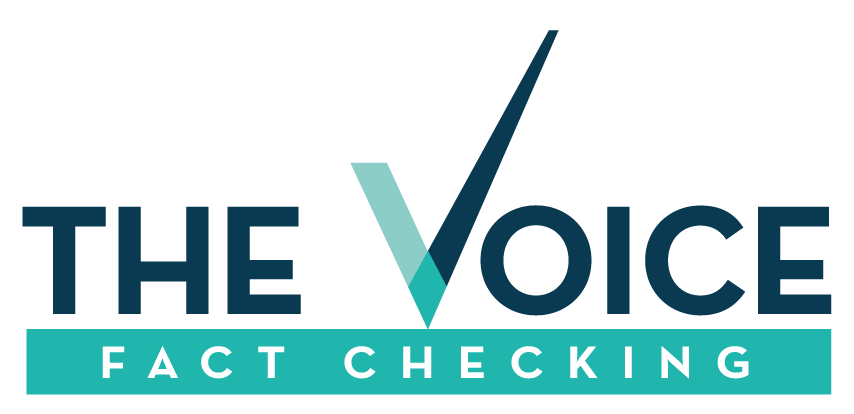
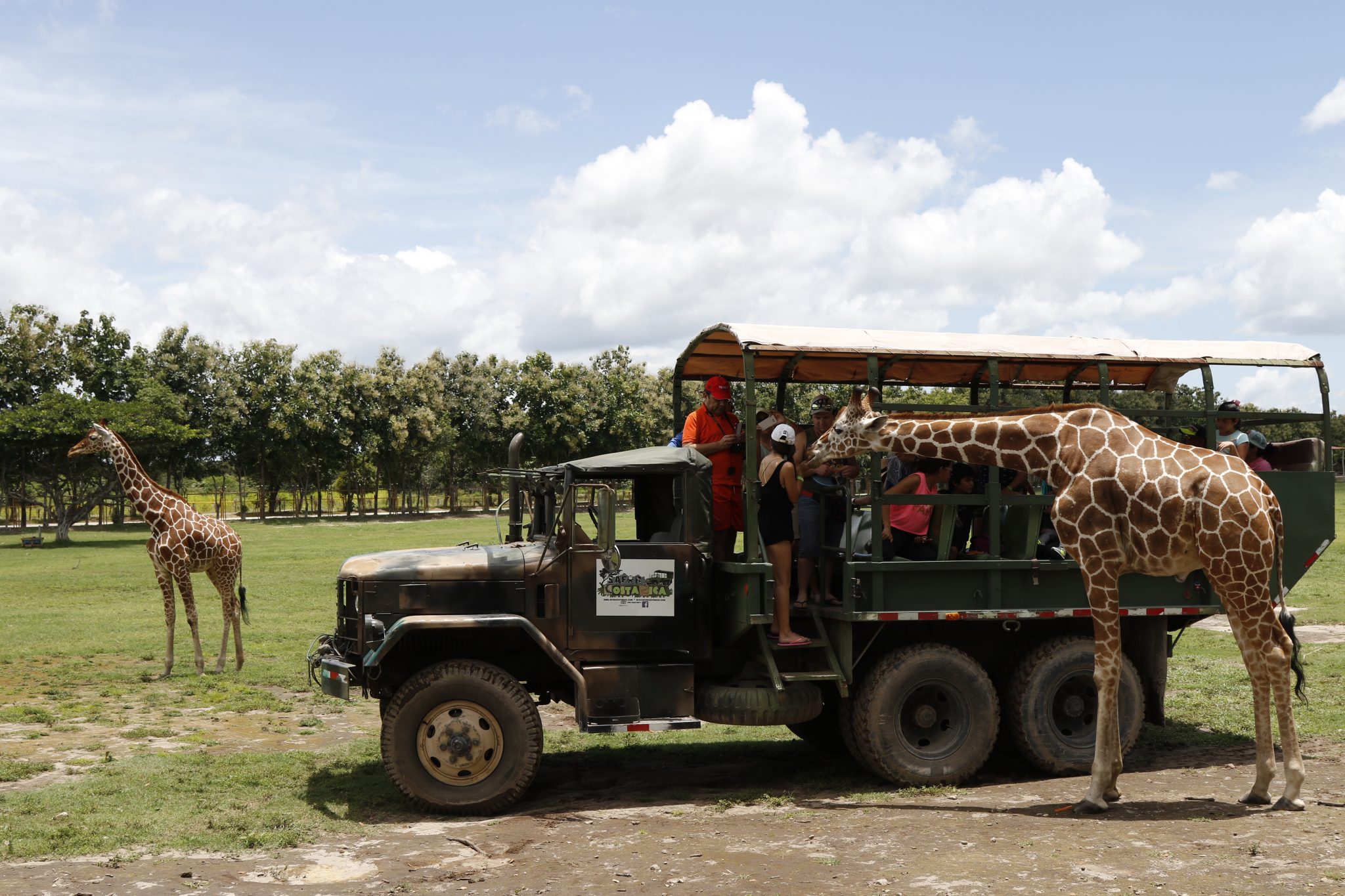

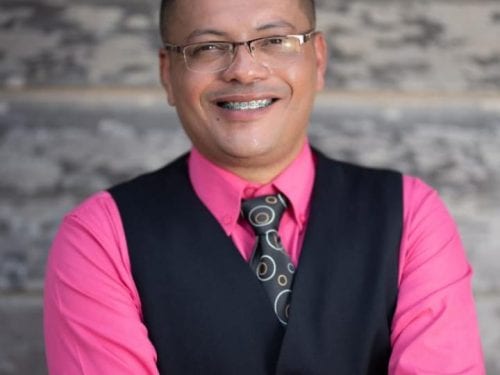
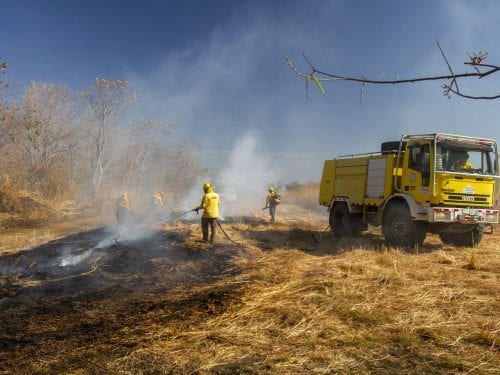

Comments